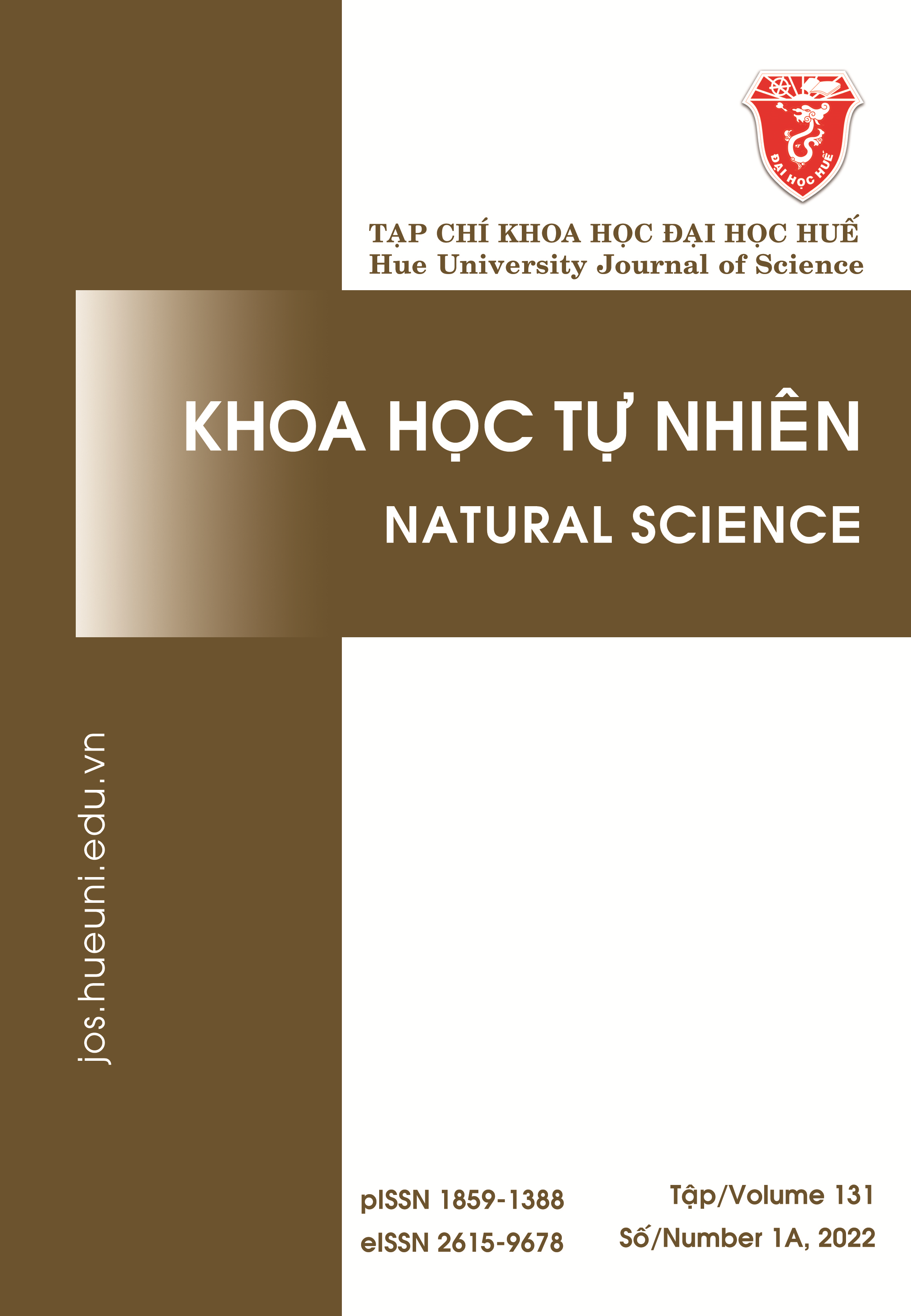Abstract
In this study, glucomannan-poly(acrylic acid) hydrogels were synthesized under different conditions. The hydrogels consist of glucomannan and acrylic acid and are crosslinked by N,N-methylene-bis-(acrylamide). The structure and morphology of the hydrogels were investigated by using Fourier-transform infrared spectroscopy (FT-IR) and scanning electron microscope (SEM). The swelling ratio, biodegradation and pH-sensitive properties, relationship between hydrogel swelling rate and 5-ASA adsorption-desorption capacity, influence of medium pH on 5-ASA desorption, and 5-ASA adsorption kinetics were studied. The swelling ratio of the synthesized hydrogel samples is 16.70–56.21 times. This ratio is low in the pH 1.0 media and increases significantly in the pH 7,4 media. The hydrogels are biodegradable in the presence of cellulase (400 U·mg–1) in a pH 7.4 phosphate buffer at 37 °C (69.8% after ten days; the cellulase concentration 1.5 g·L–1). The hydrogels exhibit high adsorption and desorption capacities for 5-ASA. The adsorption kinetics follows the pseudo-first-order model. These hydrogels can be applied to smart drug delivery systems.
References
- Wen X, Cao X, Yin Z, Wang T, Zhao C. Preparation and characterization of konjac glucomannan–poly (acrylic acid) IPN hydrogels for controlled release. Carbohydrate polymers. 2009;78(2):193-198.
- Liu ZL, Hu H, Zhuo RX. Konjac glucomannan‐graft‐acrylic acid hydrogels containing azo crosslinker for colon‐specific delivery. Journal of Polymer Science Part A: Polymer Chemistry. 2004;42(17):4370-4378.
- Alonso SM, Teijeiro OD, Remunan LC, Alonso MJ. Glucomannan, a promising polysaccharide for biopharmaceutical purposes. European Journal of Pharmaceutics and Biopharmaceutics. 2009;72(2): 453-462.
- Du J, Sun R, Zhang S, Zhang LF, Xiong CD, Peng YX. Novel polyelectrolyte carboxymethyl konjac glucomannan–chitosan nanoparticles for drug delivery. I. Physicochemical characterization of the carboxymethyl konjac glucomannan–chitosan nanoparticles. Biopolymers: Original Research on Biomolecules. 2005;78(1):1-8.
- Shabir F, Erum A, Tulain UR, Hussain MA, Ahmad M, Akhter F. Preparation and characterization of pH sensitive crosslinked Linseed polysaccharides-co-acrylic acid/methacrylic acid hydrogels for controlled delivery of ketoprofen. Designed monomers and polymers. 2017;20(1):485-495.
- Zhang H, Zhai D, He Y. Graphene oxide/ polyacrylamide/carboxymethyl cellulose sodium nanocomposite hydrogel with enhanced mechanical strength: preparation, characterization and the swelling behavior. RSC Advances. 2014;4(84):44600-44609.
- Wang Y, Liu J, Li Q, Wang Y, Wang C. Two natural glucomannan polymers, from Konjac and Bletilla, as bioactive materials for pharmaceutical applications. Biotechnology letters. 2015;37(1):1-8.
- Chen LG, Liu ZL, Zhuo RX. Synthesis and properties of degradable hydrogels of konjac glucomannan grafted acrylic acid for colon-specific drug delivery. Polymer. 2005;46(16):6274-6281.
- Ho YS, McKay G. A comparison of chemisorption kinetic models applied to pollutant removal on various sorbents. Process Safety and Environmental Protection. 1998;76(4):332-340.
- Qiu Y, Park K. Environment-sensitive hydrogels for drug delivery. Advanced drug delivery reviews. 2001;53(3):321-339.
- Shah N, Patel K. Formulation and development of hydrogel for poly acrylamide-co-acrylic acid. Journal of Pharmaceutical Science and Bioscientific Research. 2014;4(1):114-120.

This work is licensed under a Creative Commons Attribution-ShareAlike 4.0 International License.
Copyright (c) 2021 Array




